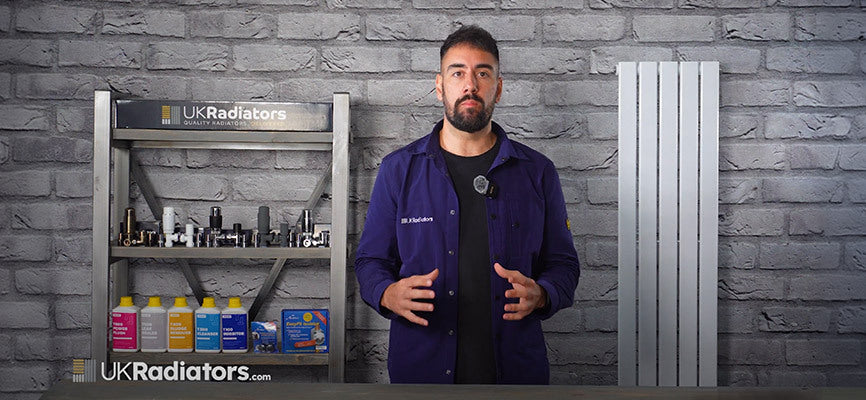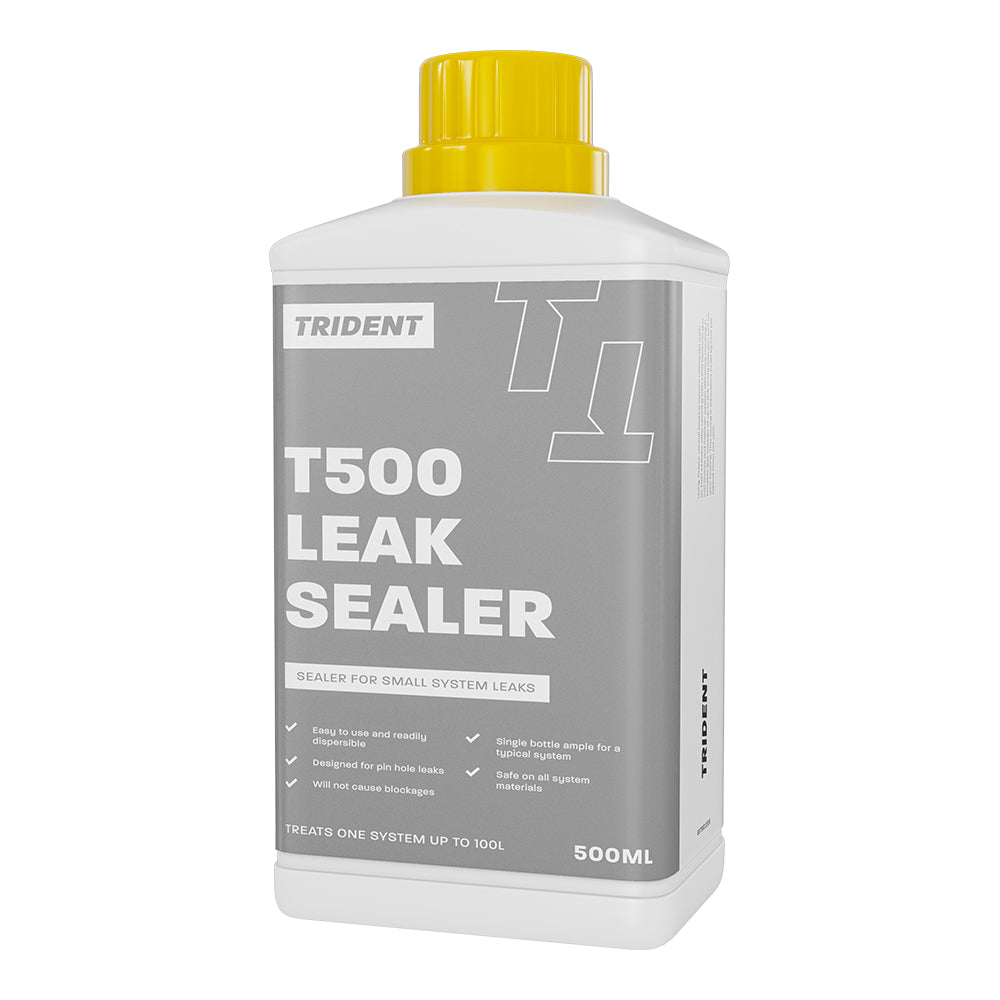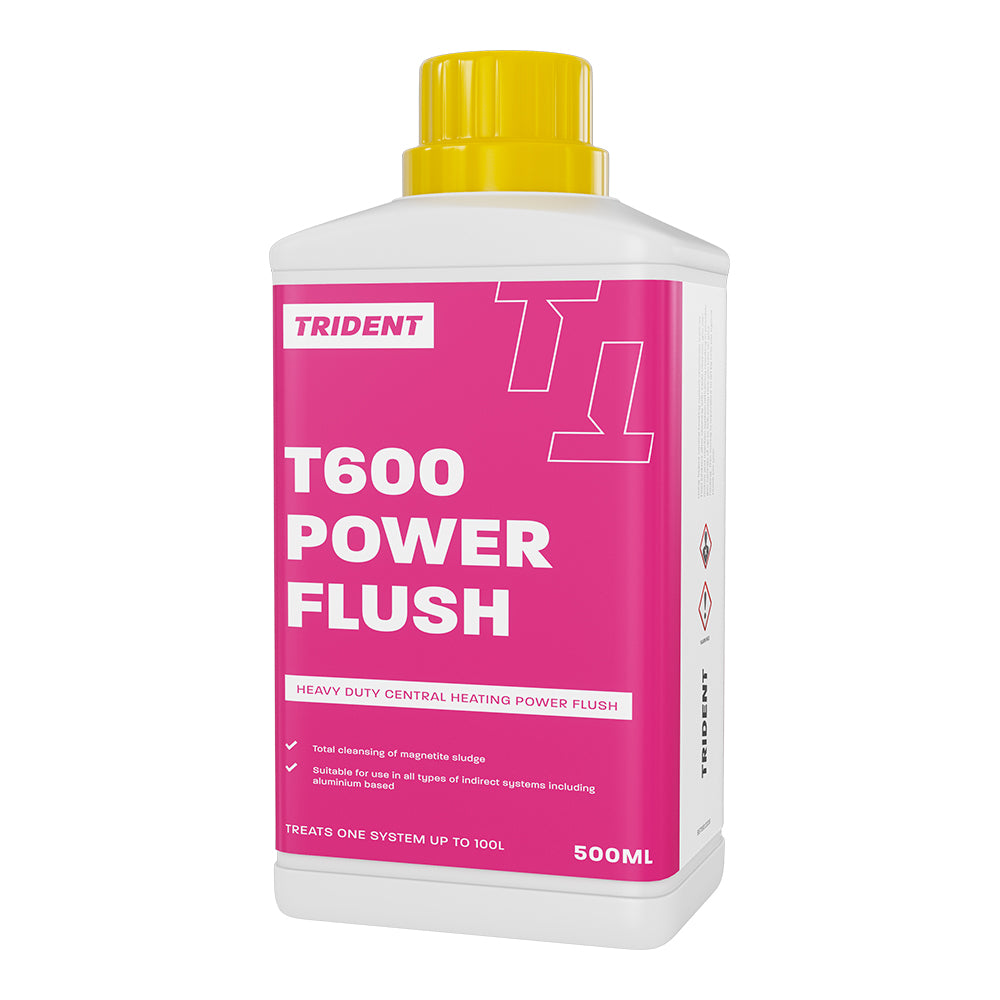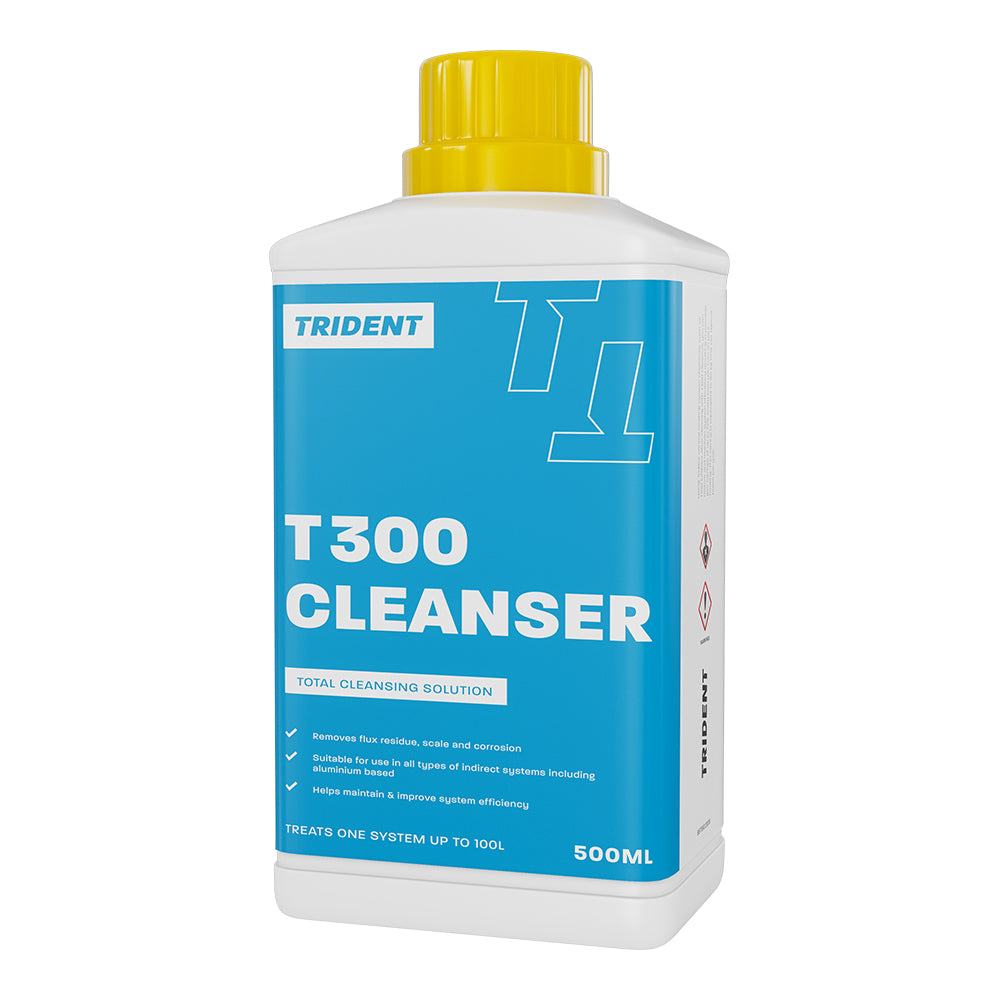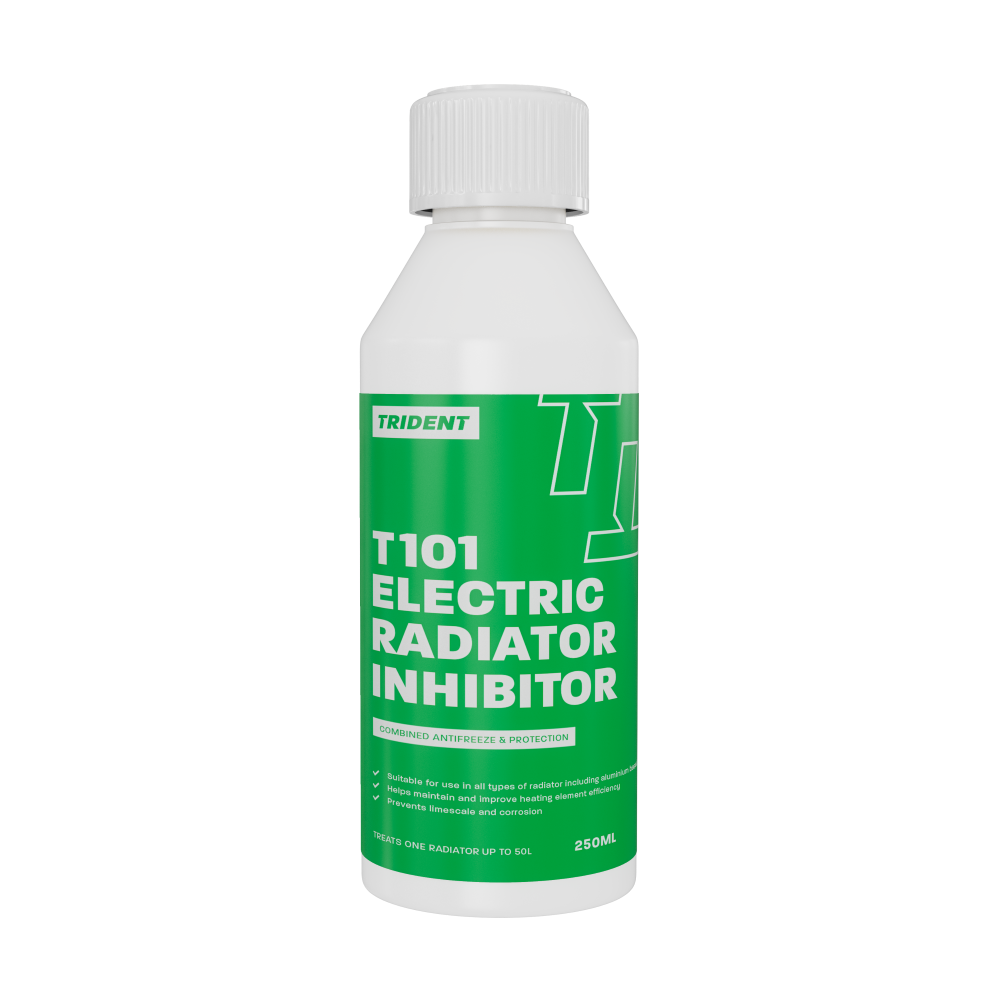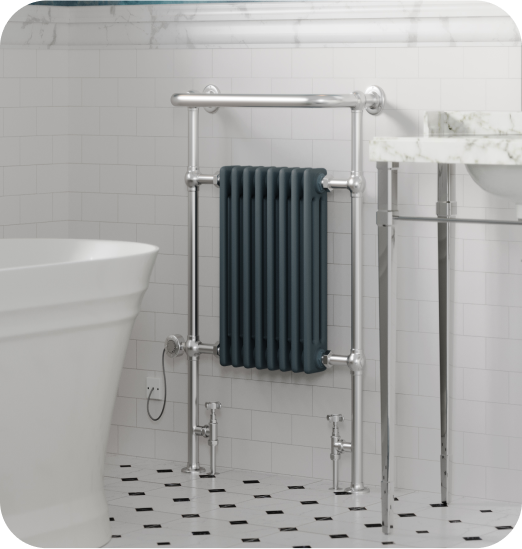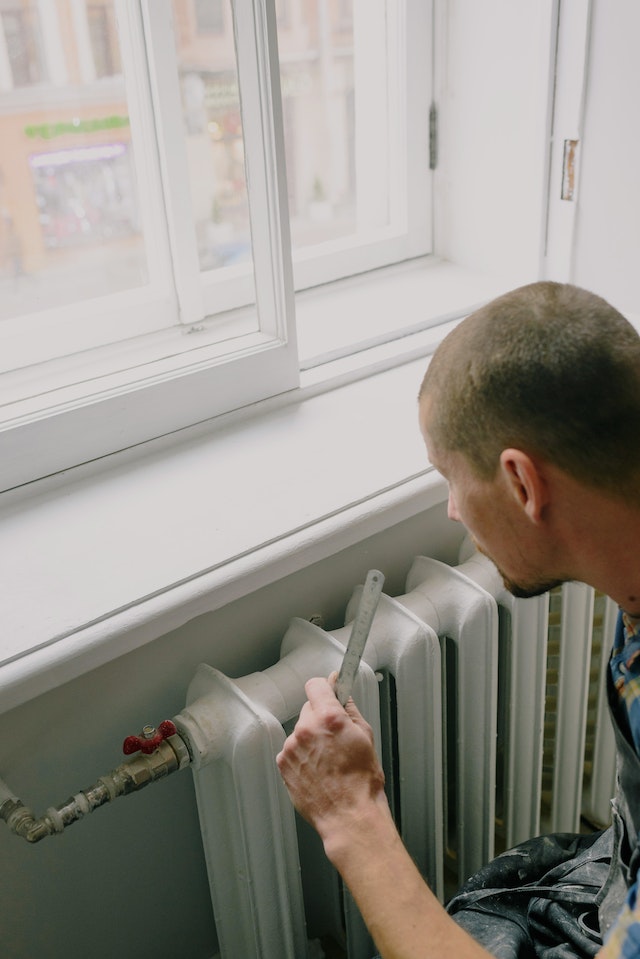
What Are Central Heating Inhibitors?
So, What Exactly Is A Central Heating Inhibitor?
Central heating inhibitors are chemicals used to prevent rust and internal corrosion to the different parts of your central heating system. Inhibitors are usually used as part of an annual boiler servicing where your gas and heating engineers check to maintain the warranty of the boiler.How Does A Central Heating Inhibitor Work?
An inhibitor works to prevent water and metals in your central heating system from reacting with each other which can lead to rust and corrosion. This allows tiny particles of metal to break and settle at the bottom of radiators which results in ‘brown sludge’ forming, causing radiators to feel cold at the bottom and warm at the top of the radiator. This dreaded sludge can cause blockages which will often make boilers and pumps work overtime to warm your home, using more energy and leaving you with expensive heating bills. It also shortens the lifespan of your boiler and consequently causes it to break down, which can happen sometimes during the coldest months of the year! Using a central heating inhibitor helps significantly to protect the longevity of your boiler as the chemicals used to break down the sludge and reduce its chances of building up again.How To Add A Central Heating Inhibitor To A Central Heating System?
Using a central heating inhibitor is entirely dependent on what type of central heating system you have. Each process of adding an inhibitor can be slightly complicated due to homeowners having different systems. Therefore, it’s important to contact a professional plumber for assistance. However, if you have a towel rail radiator, adding an inhibitor is fairly quick and simple. Here’s how you can add a central inhibitor to your towel rail radiator: 1. Turn off the lockshield valves at the bottom of your radiator. If you have a radiator that has a TRV, then its best to shut this off.

2. Place an old towel around the pipework at the bottom of your radiator. 
3. Get your radiator bleed key and open the bleed valve at the top of your radiator and dissipate any pressure in the system. 
4. Slacken off the compression union nut and use a small bucket and a towel to catch as much water as possible from the radiator. 

5. Once the bucket is full, shut the compression union nut and flush the water. This allows enough water to get out of your radiator to enable you to add an adequate amount of the inhibitor. 
6. Shut the bleed valve at the top radiator and get an adjustable spanner and undo the valve.


7. Pour the central heating inhibitor in using a funnel. 
8. Put the top bleed valve back on using the spanner and make sure the air vent is shut.

9. Undo the bottom valves and put the valve heads back on. 

10. With the top valves on, you can vent out any air with the bleed key. 




